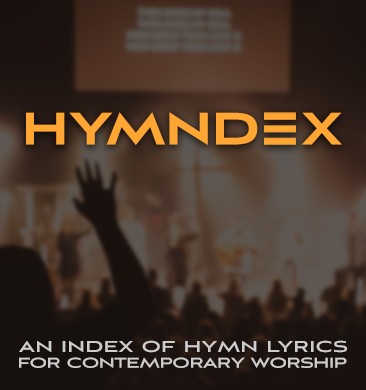What You’ll Learn:
- The three core purposes of AVL technology in worship and why #1 is non-negotiable
- Essential basics every church needs: sound reinforcement and front wash lighting fundamentals
- Strategic screen deployment that enhances worship without becoming a distraction
- IMAG best practices and when video magnification helps (or hurts) your services
- Atmospheric lighting techniques that transform spaces from bland to beautiful
- Goal-setting frameworks for making smart tech decisions that fit your congregation
- Balance strategies for embracing technology while preserving worship authenticity
- Practical troubleshooting for common AVL frustrations churches face
- Connection-focused approaches that use tech to bring people closer, not drive them apart
Technology: Worship Enemy or Secret Weapon?
You’re mid-sermon, making a crucial point, when the microphone cuts out. UH-OH. Half the congregation is squinting to see you while the other half is craning their necks around a poorly placed pillar. Meanwhile, the worship leader is practically shouting over drums that are drowning out the vocals. Sound familiar?
Every worship leader has been there. You know that moment when technology becomes the enemy instead of the ally. When the very tools meant to enhance worship end up sabotaging the entire experience.
But here’s what changes everything: technology isn’t the villain—poor implementation is.
This eye-opening guide comes from someone who’s been in the trenches as an AVL integrator, working directly with frustrated churches whose tech was working against them instead of for them. The insights here cut through the confusion and give you a clear roadmap for making technology serve your worship vision rather than hijack it.
The foundation starts with three simple purposes for any worship technology. First, helping speakers and singers be clearly seen and heard—this one’s a no-brainer that even the most traditional congregations embrace. Second, offering new tools that genuinely enhance worship experiences. Third, creating beautiful atmospheric elements that support the spiritual environment. Understanding these purposes helps you evaluate every tech decision through the right lens.
But let’s get practical with the basics everyone needs. Sound reinforcement isn’t about turning your church into a concert venue—it’s about ensuring the grandmother in the back row can hear just as clearly as the teenager in the front. And front wash lighting? It’s not about creating a show; it’s about letting your congregation see the worship leader’s expressions and connect on a human level. These fundamentals transform accessibility and engagement.
Screens represent the next frontier where churches often struggle. Done right, they keep heads up and hearts engaged by displaying lyrics and supporting multimedia. Done wrong, they become distracting digital billboards that pull focus from the live worship experience. The key is understanding your congregation’s worship style—are they hymnal singers who value four-part harmony, or contemporary worshippers who benefit from lyric displays?
IMAG (image magnification) creates another decision point that many churches navigate poorly. In larger spaces, showing a live camera feed of the speaker can genuinely help connection and engagement. But in smaller rooms, it can actually create distance, making people focus on the screen instead of the real person just a few feet away. Context is everything.
Atmospheric lighting becomes the artistic element that can transform any space from mundane to magnificent. Whether you’re highlighting the beautiful architecture of a traditional sanctuary or completely changing the feel of a modern “black box” auditorium, thoughtful lighting creates ambiance that supports worship rather than distracting from it.
The breakthrough insight is this: your goal determines everything. Before you buy a single piece of equipment or make any tech decisions, you need crystal clarity on what you’re trying to achieve. Are you solving accessibility issues? Enhancing engagement? Creating atmosphere? Different goals require completely different approaches.
What’s revolutionary about this perspective is how it shifts the conversation from “Should we use technology?” to “How should we use technology?” The author’s experience shows that the churches struggling most aren’t the ones with too little tech or too much tech—they’re the ones using tech without clear purpose.
The magic happens when AVL technology becomes invisible—when it’s working so seamlessly that people don’t think about the technology at all. They’re just experiencing clearer sound, better visibility, and more engaging worship. That’s when technology fulfills its highest purpose: bringing people closer to God and closer to each other.







